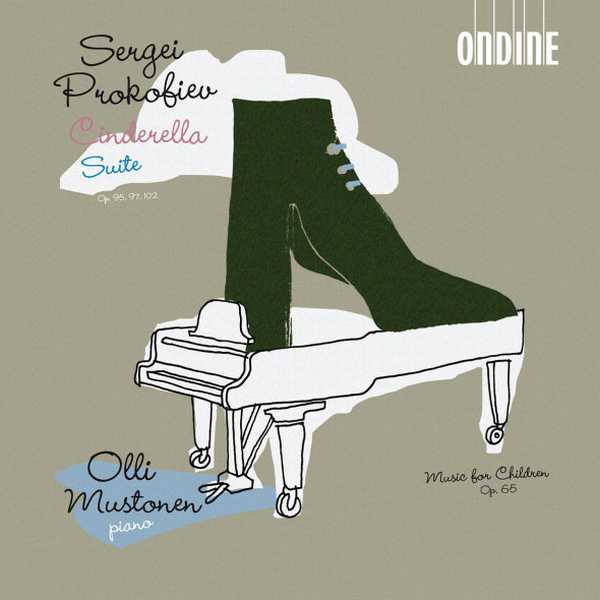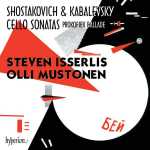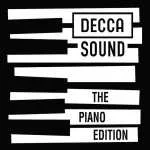
Composer: Sergei Prokofiev
Performer: Olli Mustonen
Format: FLAC (tracks)
Label: Ondine
Catalogue: ODE1060-2
Release: 2005
Size: 164 MB
Recovery: +3%
Scan: yes
Cinderella – Three Pieces for Piano, Op. 95
01. No. 1, Pavane
02. No. 2, Gavotte
03. No. 3, Valse Lente
Cinderella – Ten Pieces for Piano, Op. 97
04. No. 1, Spring Fairy
05. No. 2, Summer Fairy
06. No. 3, Autumn Fairy
07. No. 4, Winter Fairy
08. No. 5, Grasshoppers and Dragonflies
09. No. 6, Oriental Dance
10. No. 7, Passepied
11. No. 9, Bourree
12. No. 10, Adagio
Cinderella – Six Pieces for Piano, Op. 102
13. No. 1, Waltz (Cinderella and the Prince)
14. No. 3, The Quarrel
15. No. 6, Amoroso
Music for Children, Op. 65
16. No. 1, Morning
17. No. 2, Promenade
18. No. 3, Little Story
19. No. 4, Tarantella
20. No. 5, Regrets
21. No. 6, Waltz
22. No. 7, Procession of grasshoppers
23. No. 8, Rain and rainbow
24. No. 9, Catch me If you can
25. No. 10, March
26. No. 11, Evening
27. No. 12, The moon over the meadows
Four Pieces Op. 32
28. No. 3, Gavotte: Allegro non troppo
Prokofiev: Pieces, Op. 12
29. No. 7, Prelude
Olli Mustonen has assembled a disc from Prokofiev’s piano transcriptions of the Cinderella ballet music, Music for Children, and a couple of other pieces. Mustonen’s articulation certainly brings out the playfulness of the music. It is agile, bright, and lively, each note clear, even in the moodier movements where a little more connection of notes in certain parts might be expected in order to intensify both the emotional content of the music and that quintessential Prokofiev contrast between energetic percussion and melodic lyricism. Music for Children is more direct and simply stated, so Mustonen’s clarity serves it very well. He does have an eloquent way of using dynamics constantly to shade the music in all the works here. The sound level of the recording is a bit quieter than most Classical recordings, so the volume needs to be raised slightly to hear the wide range of his dynamics. There is one maddening thing about this disc: the accompanying liner notes do not explain the programming of the disc. They talk about the music, when it was written, what it is trying to convey, what to listen for in it. But nothing about why Mustonen is only doing nine of the 10 pieces of Opus 97, only three of the six in Opus 102, or why just the Gavotte from Opus 32 and just the Prelude from Opus 12. It implies a connection between Cinderella, a children’s story, and Music for Children, but gives no other clues as to the reasoning behind the selections. That kind of omission tends to alienate the listener from the performer, no matter how good the performance.



